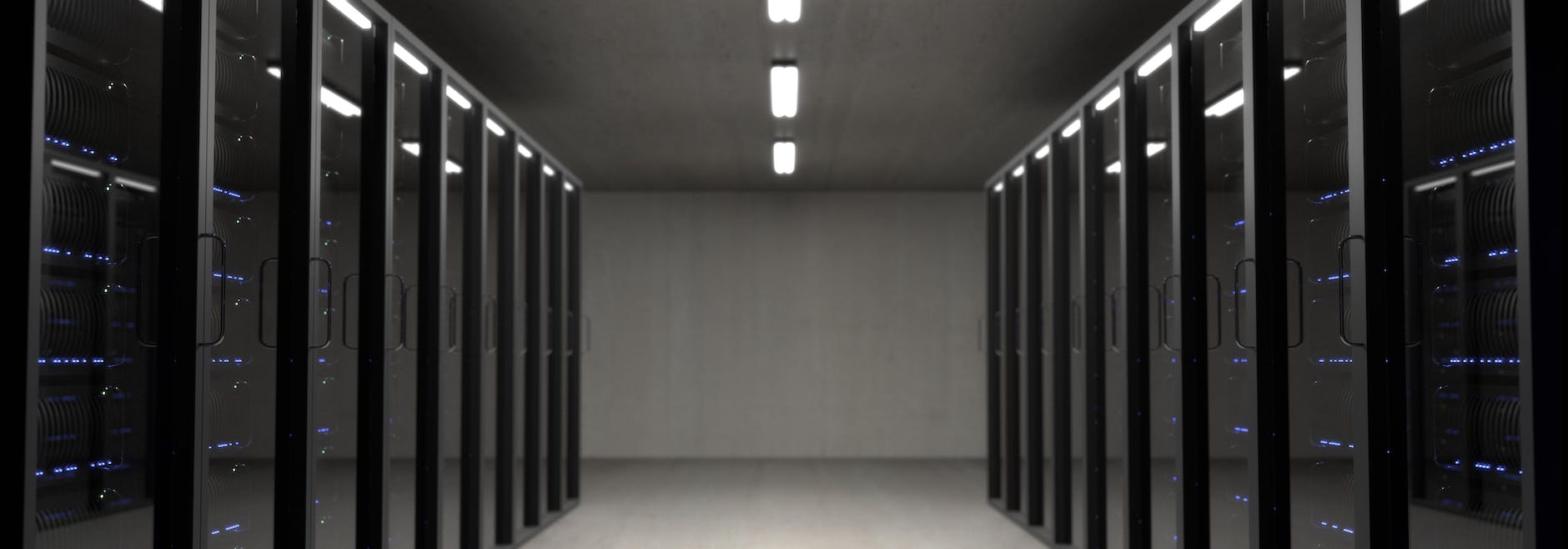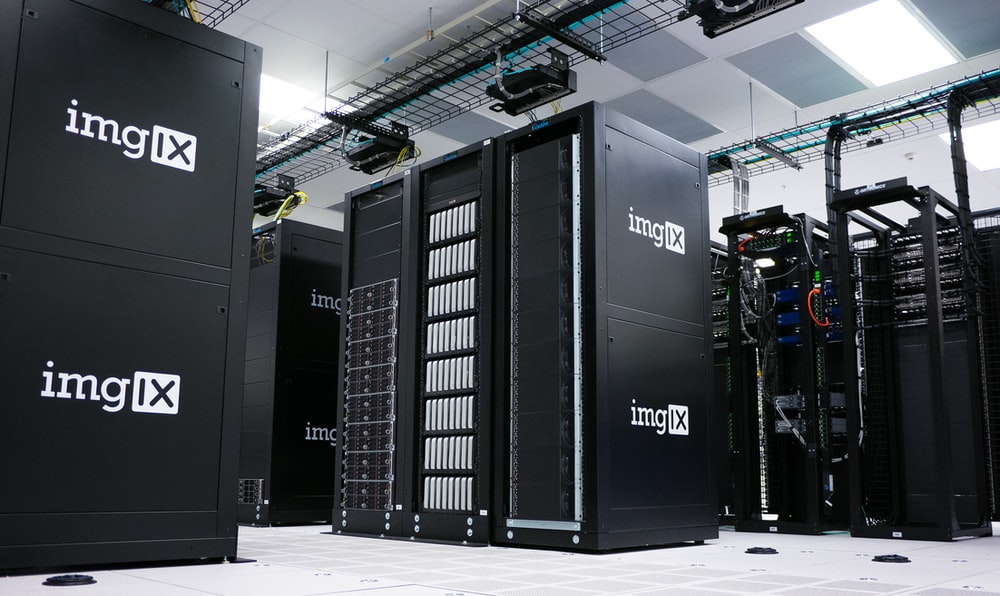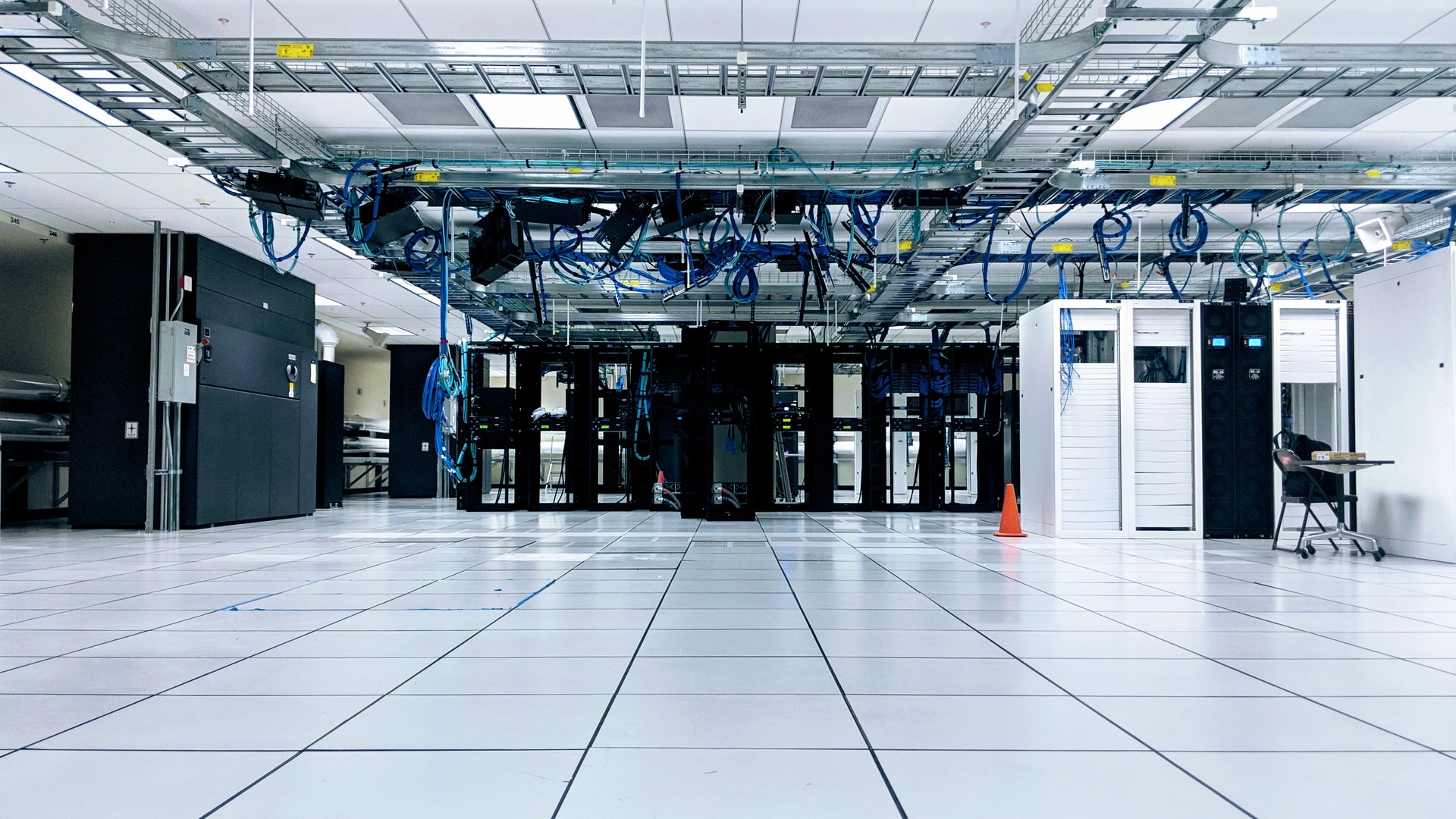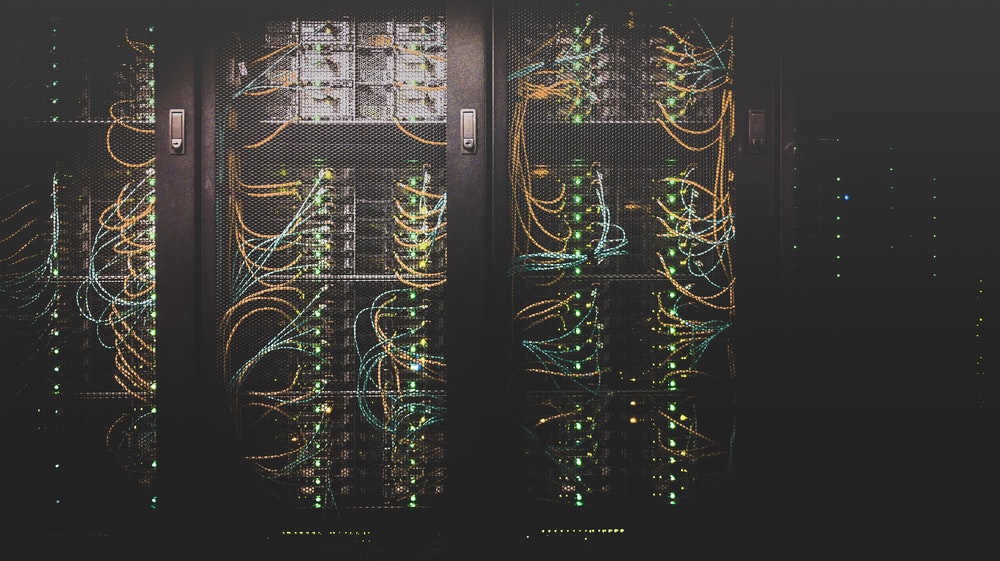
Data Centers
It’s big news in environmental circles that data centres are using an increasing portion of the world’s energy consumption. In the UK alone, the current 12% of the electricity used by data centres, including colocation facilities, is predicted to increase to around 20% in the next few years.
One of the fundamental implications of this anticipated increase in power consumption is excessive heat generation. Cooling is a vital part of data centre management to ensure valuable equipment doesn’t overheat causing systems to fail. The current challenge data centres face is how to implement an effective cooling system that is financially and environmentally friendly. Leading data centres now use intelligent DCIM (Data Centre Infrastructure Management) for asset management to effectively monitor their cooling systems and generate massive energy savings.
What Happens When Data Centre Cooling Goes Catastrophically Wrong…
This summer, during the UK’s record breaking heatwave which saw temperatures soar about 40°C (104°F) and fires breaking out across the country, even big data centre businesses likeGoogle and Oracle began to run into some trouble.
Google’s London based data centre, which serves western Europe, experienced what they called ‘a cooling related failure’. They were left with no choice but to power down their services, affecting Google Cloud customers. You can only imagine the economic repercussions this had.
Meanwhile, Oracle’s London data centre similarly suffered during these hottest days, and began to power down their services to prevent any uncontrolled hardware failures. This was disastrous for cloud users.
Both companies were back up and running by the next day but climate change and unexpected rises in temperature managed to push these front-runner’s cooling systems over the edge. Therefore, the need for a robust air & liquid cooling mechanism was felt by all major colocation hosting companies and service providers in the US and Europe that had their own colocation data center, which provided rack space, server security and adequate bandwidth to clients in all major business verticals. And, one such company that provides the latest colocation infrastructure is “Dataknox”, which is based out of San Jose CA, and has the latest cooling system in-place.
In almost farcical scenes, images were circulated at the time of tech businesses using a very low-tech method of cooling – manually hosing water onto roof-mounted air conditioning units to keep them from failing. Not a long term strategy we suggest.
With everyone, even data centres, feeling the pinch of rising energy bills, finding efficient forms of cooling and implementing smart DCIM has become critically important.
Different Types of Cooling Systems Available to Data Centres

Data Centers
Air Cooling
One of the more common methods of cooling in smaller or older data centres, air cooling involves extracting excess heat from the air and replacing it with cooler air, either by venting hot air outside and bringing in cooler outside air on, or by circulating air within the facility through a ‘hot and cold aisle’ layout.
As this is a popular choice, data centres have a wide range of vendors to choose from and it is a simple, reliable and well understood process for most users. There is also no danger of coolant leakage.
However, mechanical failures can occur when there is high humidity. Furthermore, air cooling tends to take up a lot of space, is noisy and introduces pollutants back into the air. Due to its high energy consumption, air cooling is considered an expensive option which is particularly problematic these days when it comes to future-proofing data centres.
Liquid Cooling
Advances in liquid cooling technology have put liquid cooling at the top of the list when it comes to choosing a new cooling system. It takes up less space than air cooling and with its variety of options of use is more effective at targeting specific areas.
The technology with this type of cooling is very new, involving training. Pair this with the potential for corrosion of pipes and time consuming maintenance, smaller data centres could find it unaffordable.
Natural Environment Cooling
Fortunately, there are some more eco friendly and potentially cheaper alternatives to air and liquid cooling:
‘Free’ Cooling
With climate change on everyone’s mind, some businesses are looking to migrate their data centres to cooler climates to take advantage of ‘free cooling’.

Data Centers
Geothermal Cooling
Using the primitive yet resourceful idea of how food was kept cold before fridges, some data centres have taken to running water and coolant pipes underground where the earth is naturally and consistently cooler.
Evaporative Cooling
Also called swamp cooling, this method involves drawing warm air through a water or coolant moistened pad. As the liquid evaporates and rises it is chilled and pushed back down into the data centre. This works best in low humidity climates and is much more affordable than regular air cooling methods.
Solar Cooling
In a sunny location, why not take advantage of the sun’s natural power? Converting solar power into a thermally driven cooling process to decrease the temperature of the air in a building, solar cooling may not be enough to cover all the cooling needs of a data centre but can certainly supplement them in an environmentally friendly and relatively cheap way.

Data Centers
KyotoCooling
Used by HP and United Airlines’ data centres, KyotoCooling uses a thermal wheel to vent hot air out and bring outside cool air in. A particularly handy method for those who have migrated to cooler climates and extremely energy and cost effective.
Smart Software is the Future
Using accurate and comprehensive real-time data, smart DCIM technology can prevent overcooling, pinpoint problems with servers, make adjustments to humidity and temperatures and more, to ultimately save energy, money and resources. Investing in DCIM and asset management will assist data centres to locate where cooling is overused and energy wasted, saving up to 30% on energy usage.





